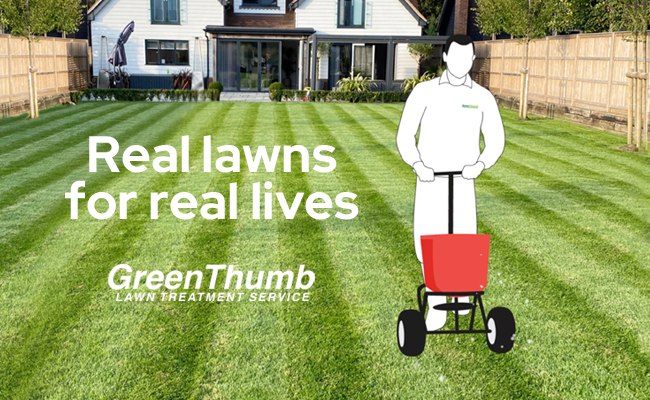Mowing, often seen as a simple, routine activity, plays a crucial role in maintaining a healthy lawn. By cutting the grass to the right height, typically no more than one-quarter of its length you encourage denser growth and reduce competition for light and nutrients. This not only creates a uniform and lush appearance but also strengthens the grass’s ability to outcompete weeds. The use of sharp blades is essential, as clean cuts prevent diseases and promote quicker healing, ensuring that your lawn remains robust and healthy.
Watering, is another critical element of lawn care that can make or break the health of your grass. Given that grass is composed of about 85% water, it requires consistent moisture to stay lush, especially during dry periods. A successful watering routine doesn’t just involve dousing the lawn with water; it’s about knowing when and how much to water. The key is to prevent the lawn from drying out completely. Signs of stress, such as yellowing or a darker green hue, indicate that it’s time to water. Watering in the evening, after the sun has set, is particularly effective. A 20-minute watering session is often sufficient to bring the soil to the optimal moisture level known as Field Capacity. A well-managed watering strategy will keep your lawn vibrant and resilient.
Scarification, also known as dethatching, is the process of removing the thatch layer, a mix of dead grass, roots, and organic material that accumulates between the grass and soil. Thatch can impede the flow of water, air, and nutrients to the roots, weakening the lawn over time. Regular scarification helps improve these vital processes, enhancing the overall health and strength of your grass. The best time to scarify is during periods of active growth, such as in spring or autumn, when the lawn can recover quickly and continue to thrive.
Aeration, another vital practice, involves creating small holes in the soil to alleviate compaction and improve the movement of air, water, and nutrients. This is particularly important for lawns that experience heavy foot traffic or have clay soils, which are prone to compaction. Aeration promotes deeper root growth, increases the lawn’s tolerance to environmental stress, and stimulates beneficial microbial activity, further improving soil health.
|
While these practices form the foundation of effective lawn care, sometimes your lawn needs a more intensive intervention to restore its health and vitality. This is where GreenThumb’s Lawn Refresh service comes in a comprehensive, six-part treatment designed to rejuvenate and transform your lawn.
Lawn Refresh begins with deep scarification to remove moss and thatch, allowing your grass to access vital nutrients and sunlight. This is followed by lawn aeration, which alleviates soil compaction and enhances root development. GreenThumb then applies their exclusive Diamond Green blend during overseeding, introducing resilient grass varieties like Perennial Rye and Fescue to outcompete underperforming species. A nutrient-rich fertiliser is then applied to promote seed germination, followed by a top dressing of 100% organic green compost to nurture seed development. Finally, the Oasis Treatment, a water conserver infused with seaweed extract is applied to ensure optimal conditions for seed germination and lawn establishment.
This six-part Lawn Refresh service not only addresses immediate lawn health issues but also sets the stage for long-term resilience. By combining regular maintenance practices like mowing, watering, and aeration with the intensive Lawn Refresh treatment, you can achieve a lush, vibrant lawn that stands the test of time.
Incorporating these essential lawn care practices and considering the benefits of a Lawn Refresh can ensure your lawn remains a beautiful, resilient, and sustainable outdoor space for years to come. Whether you’re preparing for the changing seasons or simply looking to enhance your lawn’s overall health, these strategies provide a solid foundation for success.
greenthumb.co.uk |
